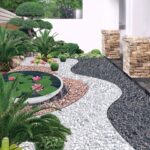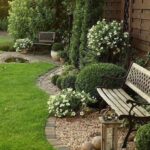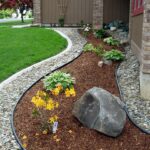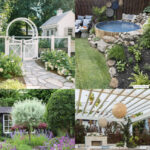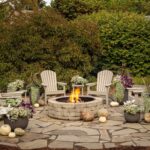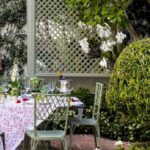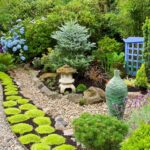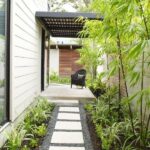Creating a beautiful and functional garden requires careful planning and thoughtful landscaping ideas. One popular garden idea is to incorporate different levels in the landscape design. Adding terraced levels to your garden can create visual interest and also provide designated spaces for different types of plants. You can use retaining walls, steps, or raised garden beds to create these levels, giving your garden a dynamic and organized look.
Incorporating a variety of plant sizes, shapes, and colors is another great landscaping idea for gardens. Mixing tall trees, medium-sized shrubs, and low-growing ground cover plants can create a layered and visually appealing garden. Choose plants that complement each other in terms of color and texture to create a cohesive and harmonious look. Consider incorporating flowering plants that bloom at different times of the year to ensure your garden is always vibrant and lively.
Creating a focal point in your garden is essential to draw the eye and create a sense of balance. This could be a large tree, a beautiful flower bed, a water feature, or a sculpture. Placing your focal point strategically in the garden can help to create a sense of flow and cohesion in the overall design. You can also use pathways or stepping stones to lead visitors to the focal point and encourage exploration of the garden.
Incorporating functional elements into your garden design can make it more enjoyable and convenient to use. Consider adding seating areas, pergolas, or outdoor kitchens to provide spaces for relaxation, entertainment, and outdoor dining. You can also include features like fire pits, water features, or outdoor lighting to create a cozy and inviting atmosphere in your garden. Integrating these elements seamlessly into the landscape design can enhance the overall look and feel of your garden.
Another landscaping idea for gardens is to create themed garden areas that reflect your personal style and interests. Whether you prefer a formal, traditional look or a more whimsical and eclectic style, you can design different garden spaces to suit your preferences. You could create a Zen garden with minimalist elements, a cottage garden with a profusion of flowers, or a tropical garden with lush greenery and exotic plants. The key is to maintain consistency in the theme through plant selection, hardscape features, and decorative elements.
Lastly, incorporating sustainable landscaping practices into your garden design can help reduce maintenance and conserve resources. Consider using native plants that are adapted to your local climate and require less water and maintenance. Implementing water-saving techniques like drip irrigation, rainwater harvesting, and mulching can help conserve water and reduce your garden’s environmental impact. You can also incorporate organic gardening practices, such as composting and natural pest control, to create a healthier and more eco-friendly garden. By incorporating these ideas into your garden design, you can create a beautiful and sustainable outdoor space that you can enjoy for years to come.


